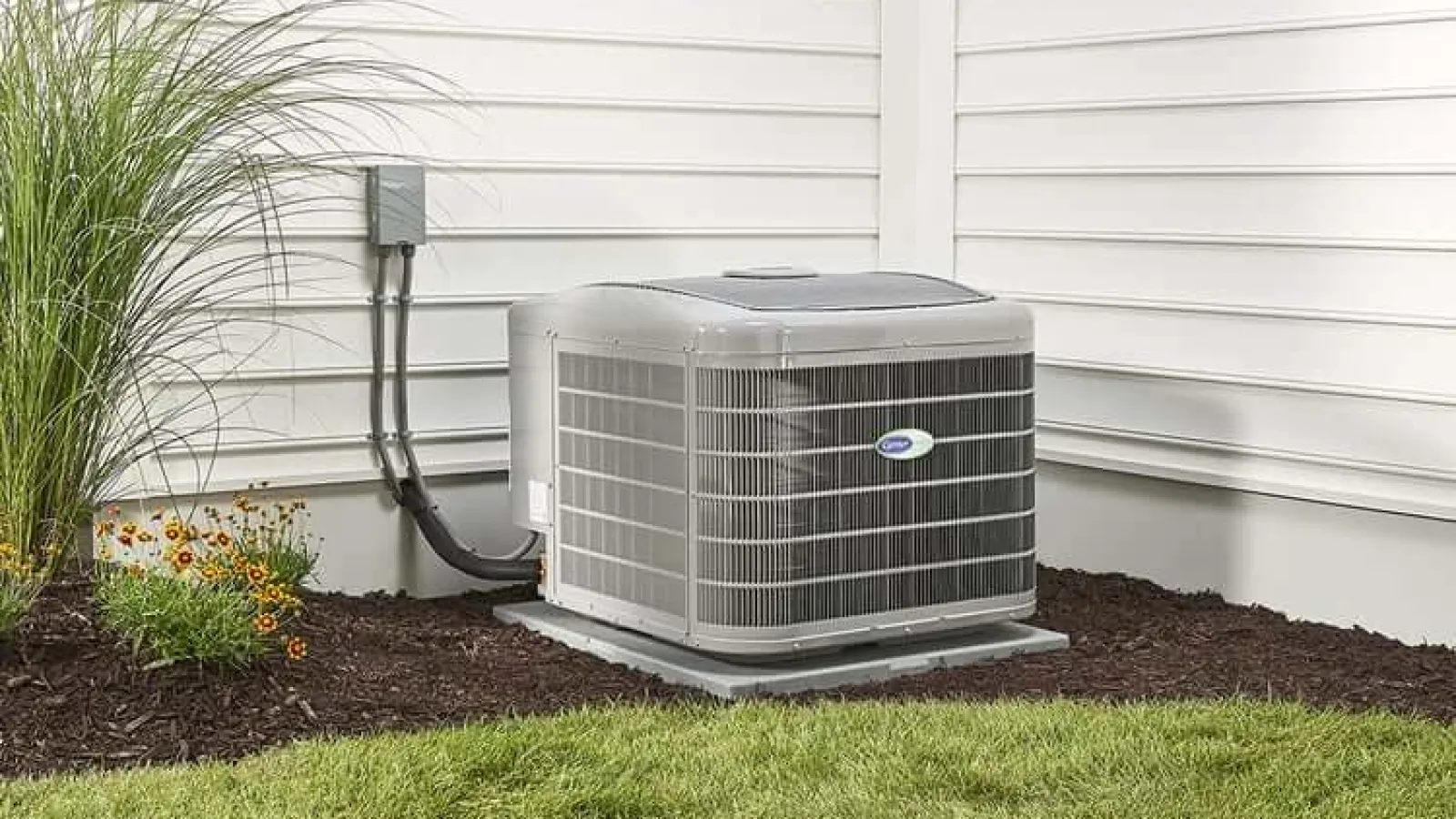The price of electricity is constantly on the rise, which is why many people are looking for ways to spend less on their electricity bill. You might be even wondering, “how can I save money while maintaining a comfortable temperature in my home?”
There are many ways to cut costs on your electricity bill, but most of them require sacrificing indoor comfort for energy savings. Want to know how you can save money and energy while maintaining maximum indoor comfort? The answer is a variable speed HVAC system. Today, we’re breaking down what a variable speed system is and how it will cut down on your energy consumption.
What Is a Variable Speed HVAC System?
Variable speed HVAC compressors and fans keep your home comfortable while using less energy.
Learn about how variable speed systems can improve your home climate control.
A standard air conditioner and furnace are connected to your thermostat to control the temperature in your home. When you change the temperature through your thermostat, your air conditioner or furnace will turn on at 100% capacity until the desired temperature is met. This method of heating is always operating at maximum to get to the correct temperature. These kinds of HVAC systems are called one-stage air conditioners. Because there is no way to control the operating capacity of your HVAC system, most people with one-stage systems end up paying more on their monthly energy bills.
Variable speed HVAC systems, on the other hand, use a compressor and are able to cool your home much more efficiently. Variable speed systems operate at different compressor cycles anywhere between 30% to 100% capacity to constantly keep your home at the desired temperature.
What Are the Benefits of a Variable Speed System?
Discover all of the different ways that you can benefit from upgrading to a variable speed HVAC

Now that you know how a variable speed HVAC differs from a one-stage HVAC, let’s take a look at all of the different ways you can benefit from the advanced indoor climate control technology.
Improved Air Quality
Forn most standard air handlers, the system moves indoor air, but it isn’t doing anything to improve your indoor air quality. One-stage HVAC systems operate at 100% capacity to bring your home to the desired temperature and then shut off output, completely halting any airflow. Without continuous airflow, your ductwork collects dust and pollen, which then blows out into our living spaces when it turns on again. With a variable speed system, air filtration is continuous because the air never stops flowing. When air never stops flowing, pollen dust and dirt buildup are kept to a minimum creating a much healthier indoor environment than one-stage systems can offer.
Better Energy Efficiency
Having a system that continually pushes air may seem counterintuitive when it comes to energy efficiency. However, because a variable speed system continually pushes air at a lower capacity, your system requires much less energy when changing temperatures or maintaining temperatures. Your system can also avoid wasting energy by turning on to 100% capacity each time the temperature changes. Variable speed HVAC system will only run at the capacity level required to keep your temperature at a comfortable setting — meaning less energy usage and more savings for you!
Maximum Comfort
When you use a one-stage HVAC system, it will do a good job of keeping your home temperature within 2 degrees of the thermostat setting. However, this difference is often noticeable especially in extremely hot or cool outdoor weather conditions.
When you choose a variable speed HVAC, the heating and cooling cycles are continuous, meaning that your temperature is more closely controlled. So, when you set your thermostat your variable speed system will maintain consistent temperature, as opposed to turning on and off to adapt to temperature changes.
Humidity Control
If you live somewhere where the summers get hot and muggy, you know how humidity affects temperature. When the temperature AND humidity are high, it can become uncomfortable to say the least. Thankfully, when you install a variable speed HVAC system, you get more control over the humidity in your living areas.
Since variable speed systems are able to operate constantly, they do a better job of removing moisture from the air than one-speed systems. In some models, there are options for greater humidity control using special speed and cycle settings.
At Restano Heating, Cooling & Plumbing, we can answer all of your variable speed HVAC questions. We only complete installations using experienced, licensed technicians who use professional equipment that meets our standards. So, give us a call today and find out if a variable speed system is right for you.

